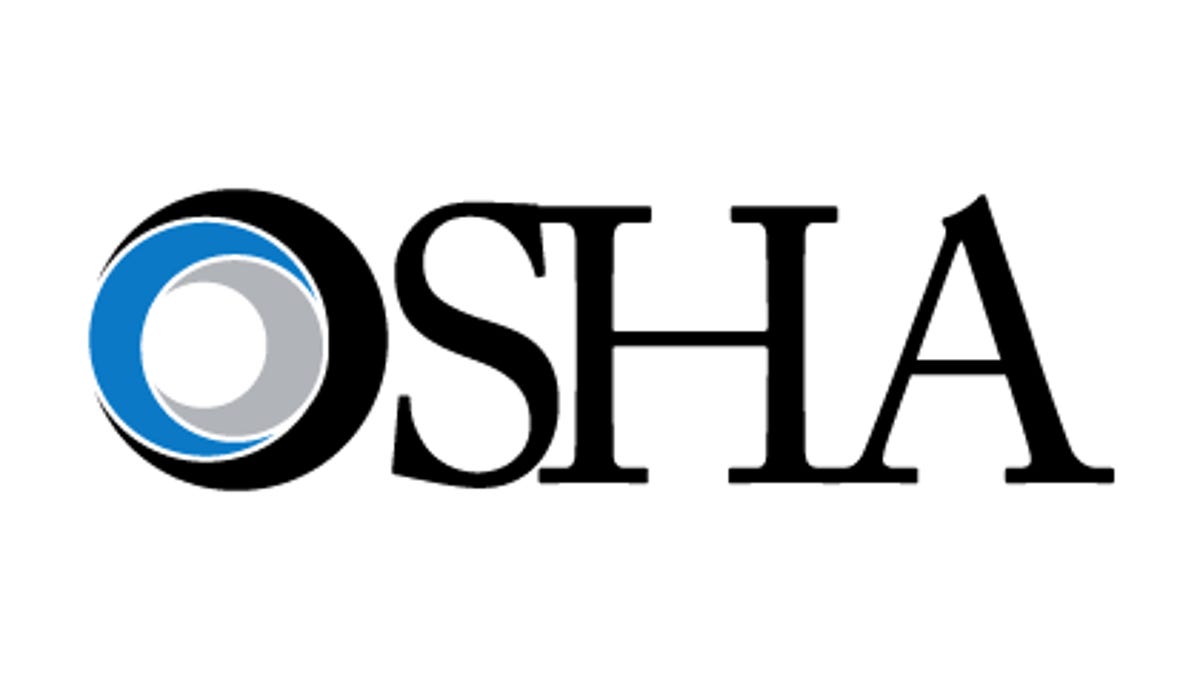Title Page
-
Conducted on
-
Prepared by
-
Location
-
If you are in the manufacturing industry, the following tips can help reduce the risk of exposure to the coronavirus:
Guidance
-
Encourage workers to stay home if they are sick.
-
Establish flexible work hours (e.g., staggered shifts), if feasible.
-
Practice sensible social distancing and maintain six feet between co-workers, where possible.
-
For work activities where social distancing is a challenge, consider limiting the duration of these activities and/or implementing innovative approaches, such as temporarily moving or repositioning workstations to create more distance or installing barriers (e.g., plexiglass shields) between workstations.
-
Monitor public health communications about COVID-19 recommendations for the workplace and ensure that workers have access to and understand that information.
-
Train workers on how to properly put on, use/wear, take-off, and maintain protective clothing and equipment.
-
Allow workers to wear masks over their nose and mouth to prevent spread of the virus.
-
Encourage respiratory etiquette, including covering coughs and sneezes.
-
Discourage workers from using other workers’ tools and equipment.
-
Use Environmental Protection Agency-approved cleaning chemicals from List N or that have label claims against the coronavirus.
-
Promote personal hygiene. If workers do not have access to soap and water for handwashing, provide alcohol-based hand rubs containing at least 60 percent alcohol. Provide disinfectants and disposable towels workers can use to clean work surfaces.
-
Encourage workers to report any safety and health concerns.
Completion
-
Additional Comments
-
Completed by: (Name and Signature)
-
For more information, visit www.osha.gov/coronavirus or call 1-800-321-OSHA (6742).


















